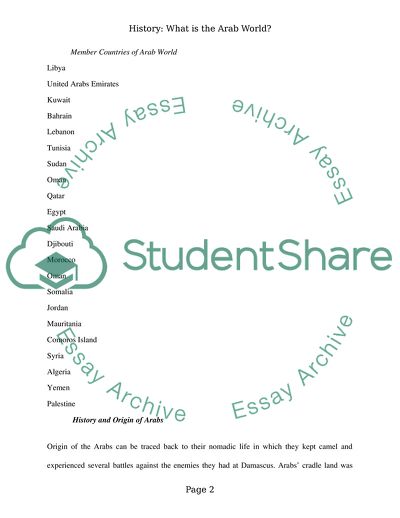Cite this document
(What Is the Arab World Essay Example | Topics and Well Written Essays - 3250 words, n.d.)
What Is the Arab World Essay Example | Topics and Well Written Essays - 3250 words. https://studentshare.org/social-science/1854982-what-is-the-arab-world
What Is the Arab World Essay Example | Topics and Well Written Essays - 3250 words. https://studentshare.org/social-science/1854982-what-is-the-arab-world
(What Is the Arab World Essay Example | Topics and Well Written Essays - 3250 Words)
What Is the Arab World Essay Example | Topics and Well Written Essays - 3250 Words. https://studentshare.org/social-science/1854982-what-is-the-arab-world.
What Is the Arab World Essay Example | Topics and Well Written Essays - 3250 Words. https://studentshare.org/social-science/1854982-what-is-the-arab-world.
“What Is the Arab World Essay Example | Topics and Well Written Essays - 3250 Words”. https://studentshare.org/social-science/1854982-what-is-the-arab-world.


